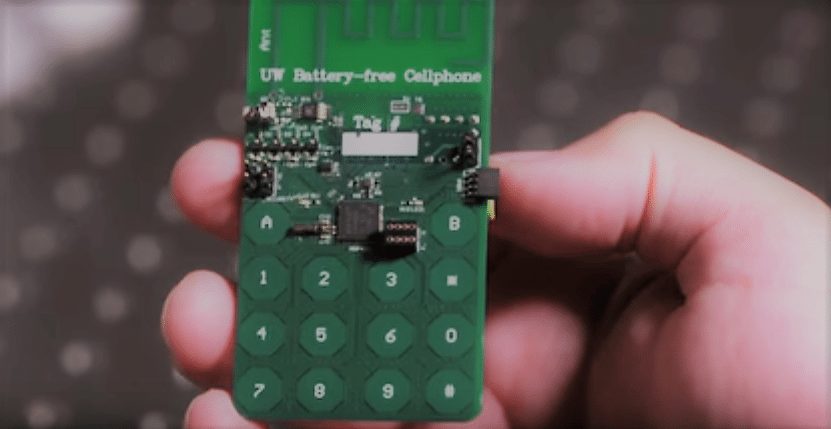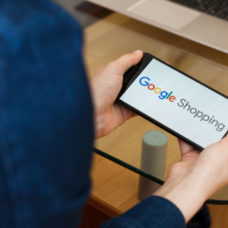Researchers from the University of Washington developed a cellphone prototype that requires no batteries–an innovation that can help shape the future of mobile technology.
On July 1st, a detailed research paper on the new invention was published in the Proceedings of the ACM on Interactive, Mobile, Wearable, and Ubiquitous Technologies. One of the authors of the paper, Prof. Shaym Gollakota from the Paul G. Allen School of Computer Science & Engineering at the University of Washington said:
“We’ve built what we believe is the first functioning cellphone that consumes almost zero power. To achieve the really, really low power consumption that you need to run a phone by harvesting energy from the environment, we had to fundamentally rethink how these devices are designed.”
How the Battery-free Cellphone Works
To eliminate the need for a battery, the team of engineers and researchers eliminated most of the power-hungry processes used in modern cellular transmissions.
The battery-free cellphone prototype makes use of the tiny vibrations created by the phone’s speaker and microphone to encode signals. For the tiny micro-watts of power that the phone does consume, the phone has tiny photodiodes to absorb ambient light. It can also convert radio signals from a nearby cellular base station into energy.
This process allows the phone to send and receive signals without using any power within 50 feet of the base station.
The mobile prototype has a button that the user has to switch between ‘sending’ and ‘receiving’ modes. At this stage, the new device looks more like a walkie-talkie than a cellphone.
The battery-free phone can perform basic phone functions such as transmitting speech and data and receiving user input via buttons. Using Skype, the team was able to demonstrate how the phone receives calls, dials out, and places callers on hold.
Finally, researchers created a Battery-free Cellphone. It runs on ambient light and radio waves. Click To TweetThe mobile prototype is composed of simple parts: touch buttons, a circuit board, and other “off the shelf” components. The research team designed their custom base station to transmit and receive radio signals.
Vamsi Tall, another co-author of the research paper, stated that while the base station they created is still in its early stage of development, it can be integrated into standard cellular network infrastructure or Wi-Fi routers commonly used today. Tall said:
“You could imagine in the future that all cell towers or Wi-Fi routers could come with our base station technology embedded in it. And if every house has a Wi-Fi router in it, you could get battery-free cellphone coverage everywhere.”
Currently, the research team is working on improving the battery-free phone’s operating range, security, video streaming, and visual display feature by adding low-power E-ink screens.
The battery-free cellphone research project is funded by Google Faculty Research Awards and the National Science Foundation.



















Comments (0)
Most Recent